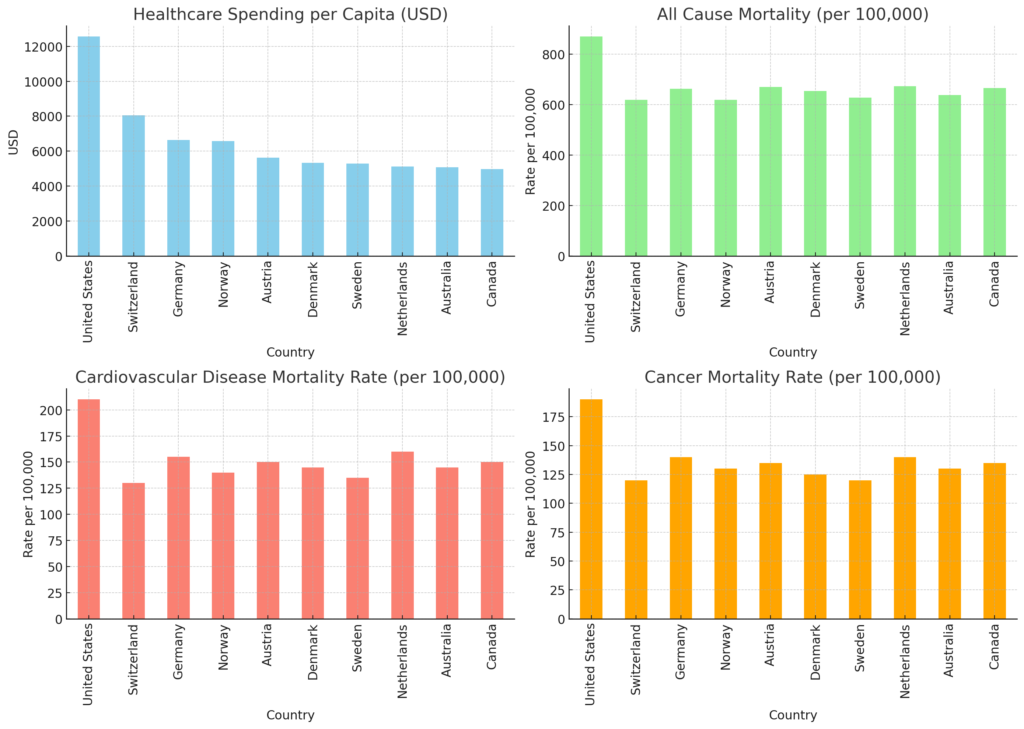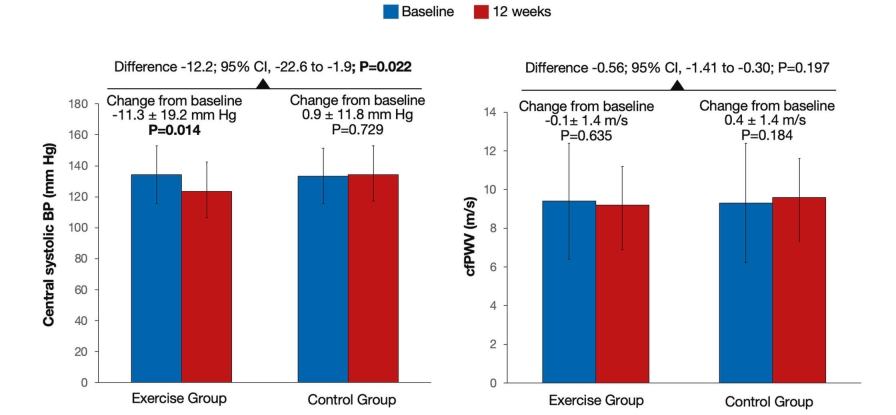The “Exercise is Medicine” (EIM) initiative is revolutionizing the approach to treating chronic diseases by promoting the integration of physical activity into standard healthcare practices. Launched by the American College of Sports Medicine (ACSM) and the American Medical Association in 2007, this global health initiative aims to make physical activity assessment and promotion a routine part of clinical care.
I’m particularly excited about this for a couple reasons. Obviously, my bias is exercise. I’m a strength and conditioning coach. I’ve long seen the power exercise can have for many people including myself. The other reason is that I’ve suffered from auto immune conditions for decades at this point. Not once during any of my doctor’s visits did anyone say anything to me about exercise or nutrition. Not a single time. Even back when I was overweight. Nothing.
So, I’m very happy to see programs like this popping up more and more. I think this will be the future of healthcare and I can’t wait to see some of the outcomes in the US specifically improve. We spend more than any other country and our outcomes are worse than most countries combined. Check this chart out.

The US spends over $12000 per capita every year. The next closest nation out of the top 10 wealthiest is Switzerland with $8000 per capita. Much less. Still a lot, but then compare that to their outcomes. Why are they having so much success while spending so much less than the US?
Well one major reason is Swiss citizens generally have a healthier lifestyle than others. Their country promotes physical activity and has a culture that values outdoor activities and balanced diets. They understand that the healthcare system can’t do it by itself.
The EIM Initiative
The EIM initiative encourages healthcare providers to regularly assess patients’ physical activity levels and prescribe exercise as part of treatment plans for various medical conditions. The steps followed include:
- Assessment: Patients’ physical activity levels are assessed during each visit to ensure they meet the 2018 Physical Activity Guidelines.
- Counseling and Prescription: Brief counseling sessions or exercise prescriptions are provided by credentialed exercise professionals.
- Referral: Patients are referred to appropriate physical activity programs, professionals, or resources (Exercise is Medicine) (Today’s Dietitian).
Impact on Chronic Diseases
Regular physical activity has been shown to play a significant role in the prevention and management of over 40 chronic diseases, including diabetes, heart disease, hypertension, and obesity. It also improves mental health, boosts immune function, and enhances overall quality of life. For example, exercise can help manage symptoms of depression, anxiety, and cognitive decline, and improve outcomes in patients with cancer, multiple sclerosis, and other conditions (OSU Wexner Med Center) (Today’s Dietitian).
Here is a really good example of exercise coming out on top: (PDF) Aerobic exercise improves central blood pressure and blood pressure variability among patients with resistant hypertension: results of the EnRicH trial (researchgate.net)
This randomized controlled trial published in Nature, a top-notch publication, set out to see what kind of effect aerobic exercise would have on blood pressure vs a non-exercise control group. It’s important to disclose that both groups were receiving usual care which could include upwards of 4 different BP lowering medications. The average age of both groups was around 60 and all other variables were extremely similar.
This was a really well done study, but my main criticism is that the sample size was too small. The effect aerobic exercise had was very strong, but we need larger scale studies. I’ve noticed a trend though. These types of studies are receiving more and more funding, which is great.

One of the main effects of the study was that the aerobic exercise group dropped their blood pressure by 11.3 points over a 12-week period. Nice. The usual care control group barely saw any change for the most part and if anything, their collective systolic pressure actually increased by .9 which to me is kind of a big deal.
Again, acknowledging my bias is exercise, studies like this one point to a pretty big flaw in our healthcare system. Is “usual care” still working for us? Let me know your thoughts in the comments.
Implementation and Success Stories
Several healthcare institutions have successfully integrated EIM into their clinical practices:
- Ohio State Wexner Medical Center: Since launching its EIM program in 2015, Ohio State has involved every healthcare provider in assessing and promoting physical activity during patient visits. The program includes personalized exercise routines, group exercise classes, and ongoing support from fitness professionals (OSU Wexner Med Center) (Exercise is Medicine).
- Hartford HealthCare: This healthcare system has incorporated the Physical Activity Vital Sign (PAVS) into their electronic medical record system, making it easier to identify and support patients needing increased physical activity (Exercise is Medicine).
Benefits and Future Directions
The integration of exercise into medical treatment plans is not intended to replace medications but to complement them, offering a holistic approach to health management. Research has shown that even moderate increases in physical activity can lead to significant health benefits, reducing the risk of chronic diseases and improving recovery outcomes.

As the EIM initiative continues to grow, it is expanding its reach globally, with programs and collaborations in over 40 countries. This widespread adoption underscores the importance of exercise as a key component of preventative and therapeutic healthcare strategies.
Looking to the Future
The Exercise is Medicine initiative is a pivotal movement in the healthcare industry, emphasizing the critical role of physical activity in preventing and managing chronic diseases. By integrating exercise prescriptions into standard clinical care, healthcare providers can help patients achieve better health outcomes and improve their quality of life.
For more information on the EIM initiative and how it is being implemented in healthcare systems, visit the Exercise is Medicine website.





1 thought on “Exercise is Medicine: Integrating Physical Activity into Healthcare”
Very interesting! I really enjoyed this blog. Thank you so much!
Comments are closed.